Using Exercise for Stroke Rehabilitation
Recently we have been working very closely with several clients suffering brain injuries, severe movement dysfunction, and muscle loss caused from either accidents or strokes. The effects of these conditions can often be quite devastating and some people never regain the skills they had prior to the incident. Having said that, there are some that do recover and develop significant improvement in daily living tasks. Surprisingly, it can happen quite quickly if the right stimulus is provided. This article looks at some of the research we have been able to use and implement effectively with several clients.
“I have been getting personal training from No Regrets Personal Training for 6 months now and I have loved every minute of it! Nathan is such a patient, caring and understanding person but he still pushes you. I have definitely improved out of sight since going to training, my movement, my balance, my walking, my strength and my overall appearance have improved quite a lot and I only expect it to continue! I haven’t missed a session because I love it!” –Shannyn Moon
Shannyn is only 31 years of age and has suffered from 2 severe strokes that have left her with partial paralysis on her right side. Her goal is to be able to walk down the aisle for her wedding in her words “like a normal person”.
Interesting Stroke Facts
According to the National Stroke Association:
- 10% of stroke survivors recover almost completely
- 25% recover with minor impairments
- 40% experience moderate to severe impairments that require special care
- 10% require care in a nursing home or other long-term facility
- 15% die shortly after the stroke
- Approximately 14% of stroke survivors experience a second stroke in the first year following a stroke.
What Happens When You Have A Stroke?
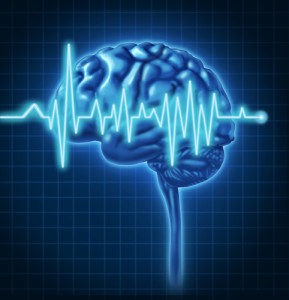 A stroke is caused by an interruption of the flow of blood to the brain or by a rupture of blood vessels in the brain. The damaging effects of a stroke depend on what parts of the brain are affected, as well as the amount of damage. Common after affects contribute to resulting weakness on the side contra lateral to the brain injury.
A stroke is caused by an interruption of the flow of blood to the brain or by a rupture of blood vessels in the brain. The damaging effects of a stroke depend on what parts of the brain are affected, as well as the amount of damage. Common after affects contribute to resulting weakness on the side contra lateral to the brain injury.
In the past, exercise and more specifically strength training, with stroke victims or brain injuries has been misunderstood and at times even controversial. Most people with stroke are usually prescribed “safe” or moderate exercise programs, with more emphasis on cardio vascular exercise or using isolated exercises and stretches to treat the affected side. Typically machines are used for strengthening as they force the muscles to work in a symmetrical method that eliminates mistakes at the same time making it safer. I myself used machines when starting as a trainer as I was told that free weights are too risky and that the client would benefit from doing bilateral movement as opposed to single arm or single leg exercises. I found that this approach did not really help these clients to improve what they came to see me for in the first place which was – how to move better!
It also did not address the problem of spasticity or lack of flexibility with the affected arm or leg, which is often severely restricted in pronation and bent. Using an isolated stretch seemed to do nothing to change the actual length tension of the muscle as soon as we stopped stretching. I suspected the solution would be with the strengthening and movement approach but I needed a different model than machine training and isolated movements. What I found was that a much more integrated approach of using movement focused exercises, with more reliance on single arm and contralateral activity produced significantly better results.
Use Complex Movement Skills
I first came across the Complex Movement concept many years ago when working with sporting athletes looking to improve movement efficiency to ultimately develop improved strength and power. It just took me some time to think that I could use the same principles of teaching sports to people with injury or even just beginners. Originally I believed if I used the typical muscle approach to training this would automatically equal faster and more powerful. Yet I found anytime I used a complex task that was actually a lot lighter load, but required much more brain concentration and focus, and they were able to execute it as close to perfectly as possible, the strength gains and improvement across multiple skills, was much higher than when we focused on strength alone. This now makes up a big part of our sports program.
Over time I began applying this theory to beginners, then to injury and rehabilitation, more recently with older adults where I found this to be also true. And interestingly enough the gains were more significant with the rehab and older adults more so than the sports due to the amount of skill and strength lost.
This led me to reading hundreds of books and completing many courses in this area to develop programs and exercises with the goal of trying to improve a person’s movement efficiency. Basically we are training the neuro musculoskeletal system with our goal to get your body’s systems to work in a highly coordinated and effective fashion, so that functional tasks are completed successfully.
This aligned perfectly with our goal for rehabilitation and more specifically stroke victims because the goal of the individual who has experienced a stroke is to reach the highest possible level of independence and be as productive as possible (Just like Shannyn wanting to walk down the aisle!) The difficult and challenging part here is that the progress and recovery is so unique for each person, depending on the level of damage and paralysis. There is no one magic exercise that works every time. A method of assessing where to start and determining how each person learns best will decide how effective the program would be.
Using a reverse engineering approach with the focus being on the end result – improved human movement and function, we needed to use a way to find out what movement patterns they needed, and how good they were at completing each one. From this we could design a stepping stone approach to learning and devise plans and programs to enhance each movement pattern.
But this is where it gets very interesting and even contradictory. With the “Average Joe”, who lacks overall conditioning, we could use a more simple and isolated muscle approach to build some strength and reserve before tackling the more complex integrated movements.
For example to improve the ability to squat we could use an approach of:
- Hip extension progressing to
- A swiss ball squat against the wall to a
- Squat with a barbell overhead press.
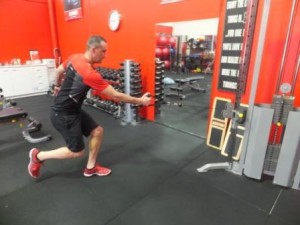 With the stroke or brain affected clients we had more success with starting with more complex and difficult tasks often completed in a split stance, using contralateral arm and leg movements. (See picture).
With the stroke or brain affected clients we had more success with starting with more complex and difficult tasks often completed in a split stance, using contralateral arm and leg movements. (See picture).
This takes advantage of how the neuromuscular system is designed to work in the first place, which is in a highly coordinated manner. The body really is a complex system made up of many chains known as slings. These slings, when they are working well, help us move efficiently, produce more force, and create more speed. However, when there is a weak link in the chain, most people don’t address the chains but rather target the muscles. Very, very rarely do muscles work in complete isolation or anywhere close to it. Some muscles contract to provide movement while some muscles contract to provide stability. This is all done at the same time. They don’t work separate to each other. In addition to this and as we have already discussed, the more co-ordinated and complex movements have a greater effect on the brain. And because the brain controls the muscles, it makes sense to try and change this!
What Is The Most Effective Ways To Learn These New Tasks?
I highly suggest reading the book Motor Learning and Performance by Richard A. Schmidt and Timothy Lee as this really helped with my program effectiveness and adapting different learning styles for each client. We knew that our purpose of conditioning was to teach your body how to train smarter and move better for life. We need to improve various abilities such as strength, balance, co-ordination and agility all relative to each other. I like to use the analogy of getting an upgrade on your computer. In the gym it is the perfect place to master these skills. Your ultimate goal should be to master every form of movement enough times that it becomes automatic! Once you learn to move properly in a gym you don’t worry about your technique when you’re playing a sport, moving something at work or even just lifting something in the garden. If you’ve done it right in the gym, and done it enough times it’s already built into the system. This is what is referred to as a Motor Engram. This is why it is so important for a new gym goer or someone recovering from injury to learn ONLY GOOD MOVEMENTS. This way it will teach the body the perfect automatic movement it needs to prevent further injury.
But What Is The Best Way To Learn?
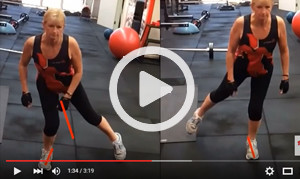 In the beginning we would intervene and guide the clients movements so that it was as close to perfect as possible. We knew that to change a movement we needed approximately 5000 perfect reps to make it automatic. But what we found more effective, was to not intervene and only help when required, and actually allow for some mistakes to be made. This would allow the problem solving nature of the brain to develop. Providing video feedback and use of mirrors became extremely effective in the client learning how to overcome the problems faster than us trying to help all the time. To the right is a video showing an example of us using video feedback to teach a client recovering from ACL surgery to stabilize better on one leg.
In the beginning we would intervene and guide the clients movements so that it was as close to perfect as possible. We knew that to change a movement we needed approximately 5000 perfect reps to make it automatic. But what we found more effective, was to not intervene and only help when required, and actually allow for some mistakes to be made. This would allow the problem solving nature of the brain to develop. Providing video feedback and use of mirrors became extremely effective in the client learning how to overcome the problems faster than us trying to help all the time. To the right is a video showing an example of us using video feedback to teach a client recovering from ACL surgery to stabilize better on one leg.
And with Shannyn using external nervous system stimulus to the feet to improve walking, she made more improvement than any other exercise we had ever tried. Using a bare foot approach of walking across several different surfaces to enhance the actual foot mechanics changed her movement pattern almost instantly. Her damaged foot for the first time began to dorsi flex and find its way across the uneven terrain. We got her to walk across
- Concrete
- Uneven grass
- Stones – this was the hardest but also the most effective
The different nerve sensations and the requirement of the foot to feel its way across the surface forced the nervous system to adapt and create better method of movement. Coupling that with video feedback for them to observe and try to change enabled us to alter their permanent way of walking faster than using standard stationary exercises we had used before.
Conclusion
Strength training for strokes and other accident related injuries cannot be underestimated. At times, isolated movement and muscle approach is needed and can be beneficial in adding some muscle, but a program that utilizes an integrated movement approach will produce faster and superior results. Finding creative ways to mimic and simulate daily tasks will not only significantly improve movement skills and function, but add much needed muscle improved flexibility for tight muscles that previously did not respond to stretching or releasing. Use of various learning tools such as video and external surface will also speed up the learning and enable you to complete tasks never before possible.
Nick Jack is owner of No Regrets Personal Training a Rehabilitation & Sports Training Studio located in Melbourne Australia. Having worked as a Trainer for over 10 years and has qualifications as a CHEK Exercise Coach, CHEK Golf Performance Specialist & Master Rehab Trainer and Twist Conditioning Sports Conditioning coach he specializes in working with rehabilitation and injury prevention programs. You can check out his website at www.noregretspt.com.au
References
Motor Learning & Performance by Richard A Schmidt
Bending The Aging Curve by Joseph Signorile
Anatomy Trains by Thomas Meyers
National Stroke Association

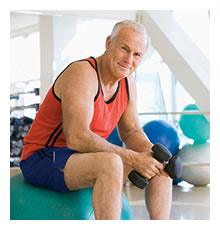
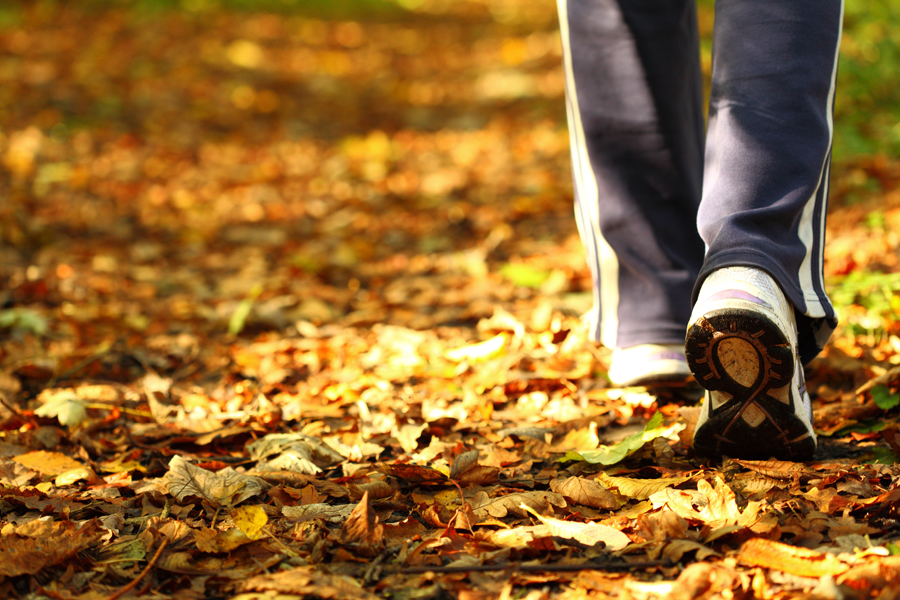



 Sometimes, being active can actually make it more challenging for you to manage your blood glucose (“blood sugar”) levels, unless you learn more about its effects. I have always known at some level that exercise generally did good things for my blood glucose, even before I had my first blood glucose meter (after going 18 years without access to one). How could I tell without a blood glucose meter?
Sometimes, being active can actually make it more challenging for you to manage your blood glucose (“blood sugar”) levels, unless you learn more about its effects. I have always known at some level that exercise generally did good things for my blood glucose, even before I had my first blood glucose meter (after going 18 years without access to one). How could I tell without a blood glucose meter? Over a longer period of time (2-3 hours), it usually comes back down, but who wants to wait that long?
Over a longer period of time (2-3 hours), it usually comes back down, but who wants to wait that long?


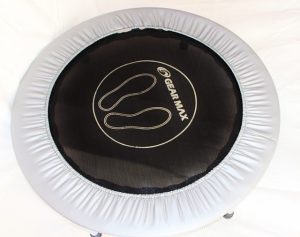 Rebounding increases capacity for respiration
Rebounding increases capacity for respiration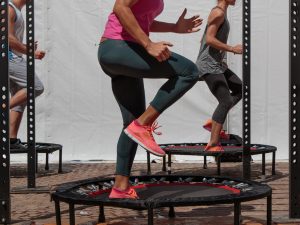 It takes only two minutes of rebounding to flush the entire lymphatic system, while cleansing and strengthening cells and lymph nodes. A further benefit to the body is that during this brief time span the white blood cells of the immune system triple in number and remain elevated for an hour. These specialized cells play a major role in the body’s defense against illness and disease.
It takes only two minutes of rebounding to flush the entire lymphatic system, while cleansing and strengthening cells and lymph nodes. A further benefit to the body is that during this brief time span the white blood cells of the immune system triple in number and remain elevated for an hour. These specialized cells play a major role in the body’s defense against illness and disease.
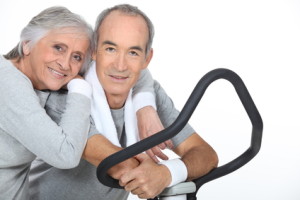 They are two major forms of arthritis:
They are two major forms of arthritis:  Flexibility: Static stretching and foam rolling may be used as tolerated for the areas of the body that appear to be overactive. These can be performed seated or standing.
Flexibility: Static stretching and foam rolling may be used as tolerated for the areas of the body that appear to be overactive. These can be performed seated or standing.
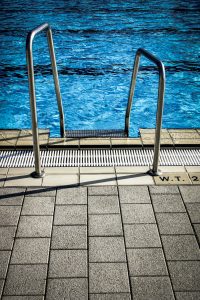 Active rest defined: “Involves performing light exercises that stimulate the recovery process without imposing undue stress on the injured body part.”
Active rest defined: “Involves performing light exercises that stimulate the recovery process without imposing undue stress on the injured body part.”
 As with the preparation of most healthcare professionals, one of the most important steps is having a high quality educational program. This helps to ensure that foundational knowledge is acquired and mastered. This cannot be achieved in the “weekend warrior” courses or online test review courses provided as the standard by most personal training programs. Similar to the development of an effective exercise program, a quality education program must follow best practices and specific steps for optimal learning. The
As with the preparation of most healthcare professionals, one of the most important steps is having a high quality educational program. This helps to ensure that foundational knowledge is acquired and mastered. This cannot be achieved in the “weekend warrior” courses or online test review courses provided as the standard by most personal training programs. Similar to the development of an effective exercise program, a quality education program must follow best practices and specific steps for optimal learning. The